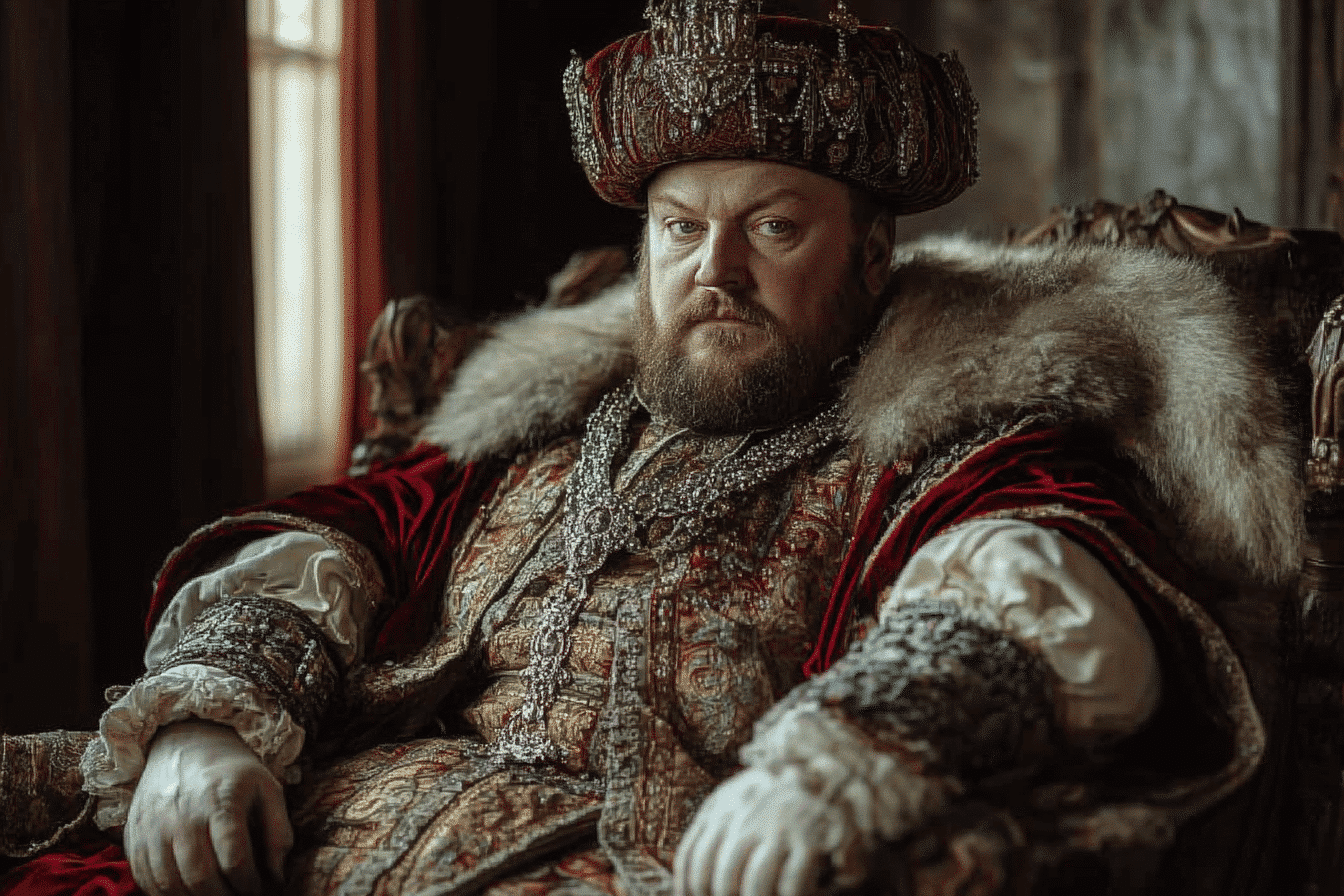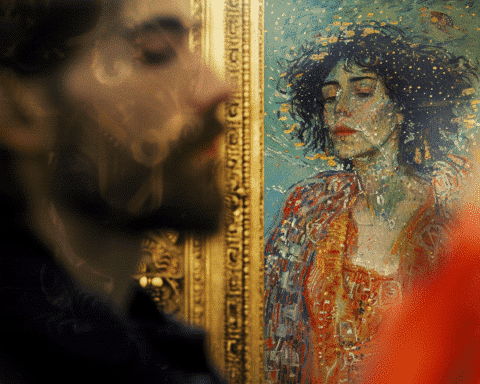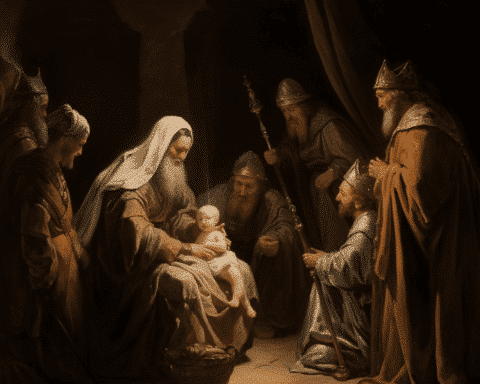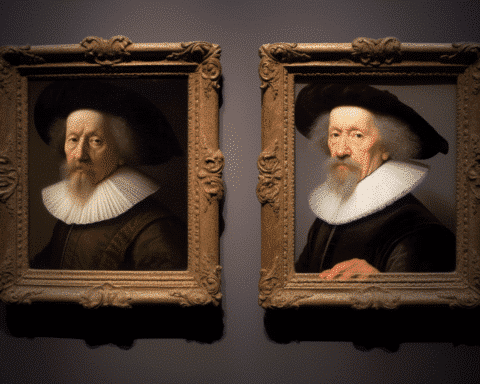A remarkable discovery has been made by an art historian who identified a long-lost portrait of King Henry VIII through a social media post. The unexpected find has reignited interest in a series of historical portraits commissioned in the 1590s.
A Surprising Discovery on Social Media
British fine art researcher Adam Busiakiewicz was scrolling through his X feed when he came across a post that caught his eye. The post, shared by Tim Cox, the Lord Lieutenant of Warwickshire, featured a gathering at Warwick’s Shire Hall. However, Busiakiewicz’s attention was drawn to a painting in the background, which he suspected was a missing portrait of King Henry VIII.
The Historic Significance of the Portrait
Busiakiewicz recognized the painting’s distinctive arched top, a feature characteristic of a series of 22 portraits commissioned by Ralph Sheldon in the 1590s. These portraits, mostly of kings, queens, and significant international figures, once adorned the Long Gallery at Weston House in Warwickshire. The historian noted that the painting’s frame was “identical to other surviving examples” from the Sheldon set.
Verification and Confirmation
Busiakiewicz visited Shire Hall with local historian Aaron Manning to confirm his theory. Upon closer inspection, they found the portrait to be “large and completely in line with the other Sheldon portraits.” A spokesperson for Warwickshire County Council confirmed that the painting has been moved to the Museum Collections Centre for further research.
Social Media’s Role in Art Discoveries
This is not the first time Busiakiewicz has made a significant discovery via social media. In 2018, he identified a work by 17th-century artist Joan Carlile in a friend’s wedding photo posted on Instagram. “Social media is a crazy thing,” he said, highlighting its unexpected usefulness in art research.
Provenance and Future Research
The painting’s provenance is currently being investigated. Acquired by the council in 1951, there are gaps in the records. Busiakiewicz emphasized the challenges of tracing provenance, especially for privately sold artworks, but remains confident that the painting is Ralph Sheldon’s commission of Henry VIII.
Adam Busiakiewicz’s keen eye and the power of social media have led to the rediscovery of a significant historical portrait. This finding highlights the unexpected ways technology can aid in art history and ensures that a piece of Tudor history is again recognized and appreciated.



